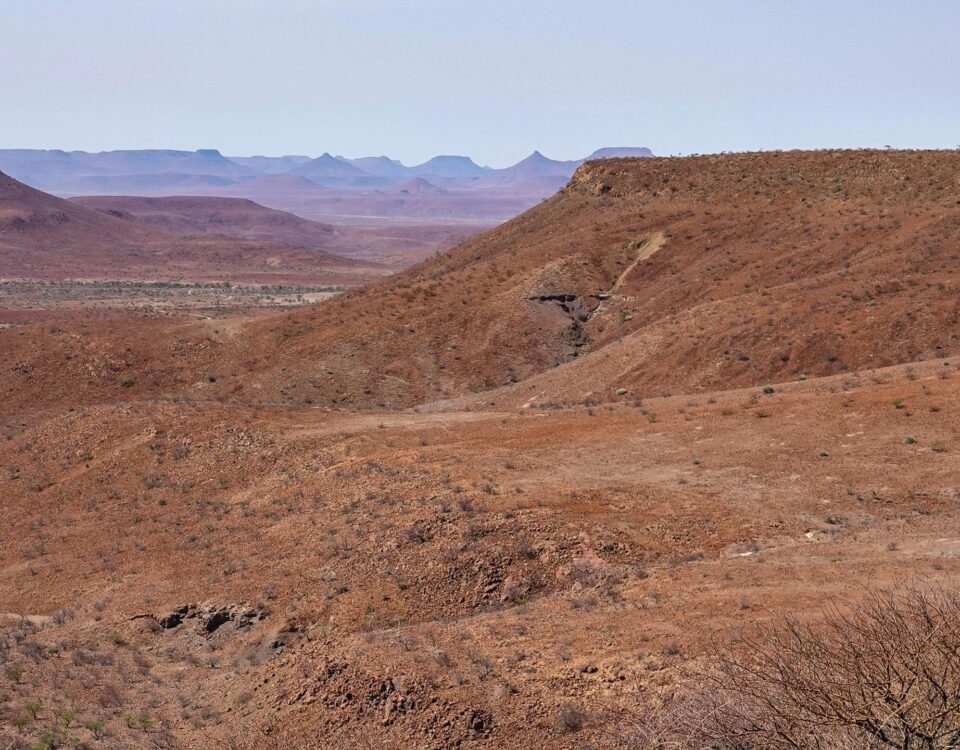
Topaz
April 3, 2017Gemstones of Namibia series
April 5, 2017This is the second in a series about the gemstones of Namibia. While definitions vary, most gemstones are naturally occurring minerals or rocks selected for their beauty, hardness, durability and rarity, for use as human adornment.
Text Edward Jenkins
A sought-after gemstone in jewellery design due to its even colour, good hardness and clear shine.
W hether you’re on a first or second honeymoon, or if you plan on making a sea voyage, jewellery that includes a nice Namibian aquamarine may be just what the doctor ordered!
Aquamarine is most commonly a blue-green stone, reminiscent of the colour of the ocean, with the name quite logically deriving from the Latin words for ‘water’ and ‘sea’. It is one of the four ‘sisters’ of the beryl crystal family, the other members being heliodor (yellow), emerald (green), and morganite (pink).
Possibly first discovered in Madagascar, early examples of the stones were highly prized and very expensive. However, the subsequent discovery of huge lodes in Brazil drove down prices for the stones worldwide. In Namibia, historical records indicate that some aquamarine was discovered near Karibib as early as 1909, in areas where marble quarrying took place. Finds have also occurred at Klein Spitzkoppe; in the Tantalite Valley to the south; and in the Namib-Naukluft Park to the west.
In the early years, appreciable quantities of aquamarine were found on the surface, but once the easily harvested sites had been cleared, miners turned to quarrying and blasting. The method proved to be unprofitable, since so many crystals were damaged and destroyed in the process, and for a time, mining for aquamarine in Namibia was very limited.
In 2000, the best aquamarine crystals ever discovered were found in the Erongo Mountains, between Usakos and Omaruru, on the edge of the Namib Desert. Located on the face of near vertical cliffs, most were recovered by local diggers, working without climbing equipment. The crystals, described as being, “…as big as coke tins” were not of a gemstone quality that could be cut, but were quickly recognised as world-class collector’s pieces, and have since found homes in many international collections.
Experts say the mark of the very best aquamarine is the way the crystal progresses from opaque near the base to transparent near the top, with a corresponding colour transition from pale blue to dark blue.
Aquamarine is a popular stone in jewellery design. Compared to the emerald, it is less expensive, less fragile, displays a more even colour, and has good hardness and shine.
This gemstone is considered good luck for sailors, allegedly protecting them from harm and preventing seasickness. It is also believed to promote a happy marriage, easing conflicts between newlyweds, and helping them to work out their differences.

This article was first published in the Flamingo October 2010 issue.


